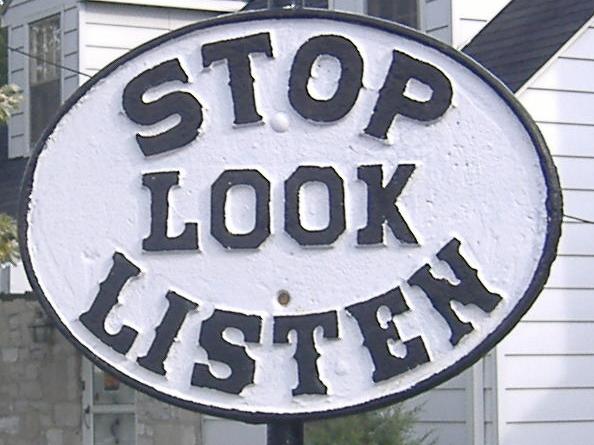
Look More, Listen More 8th May 2015 What makes classrooms effective learning environments for EAL learners, especially beginners? This is a question that has cudgelled my brain, for my whole career. We know, and can recite: a language rich environment, purposeful interaction, visual prompts, modelling, rephrasing, repetition, headlining of content, orientation, high expectations, positive attitudes to diversity and an inclusive ethos. But... it still remains the case that some classrooms and some teachers create more rapid progress than others. I have the privilege of watching lots of teachers and EAL learners at work. Through this I am developing a hypothesis. |
|
I think you need two finely balanced dichotomies: observation and action, freedom and control. You need teachers who have classrooms where all children know they are expected to behave in a certain way. But this cannot be the authoritarian model where children live in fear but do not change; it needs to be the improving model where the behaviours are part of a greater good and a common goal. It will look like and feel like freedom. It won’t be that exactly, since pupils will need to be responsible for their own learning, but, if they are not expecting enough of themselves, then they will be challenged. Watching, looking and listening I was struck by the ability of so many pupils to teach each other and to learn from each other. On the narrow checklist in operation: in some places it would have been criticised, since we didn’t have five levels of differentiation with discrete tasks, nobody had taken a small group to one side for “intervention”, but there was tangible learning and a rise in all pupils’ confidence about next week. A finely balanced dichotomy, how do teachers develop this? At the heart of it all is an open minded responsiveness. A process of skilled observation and constant evaluation of where children are, what they need next and what they are ready for. Watching, listening, waiting and acting at the right moment. Knowing when to push, when to challenge, when to step back and let things unfold. Some teachers, feel that they do not have the skills to help new arrivals; that their ability to look and listen does not apply to this group. To these teachers I would say, develop these skills with all your pupils and do exactly the same with your new arrivals. To EAL teachers I would say, model these skills with all pupils you meet, not just your target children. When teachers can balance observation and action, they will know when to allow freedom and when to curtail it.
|





